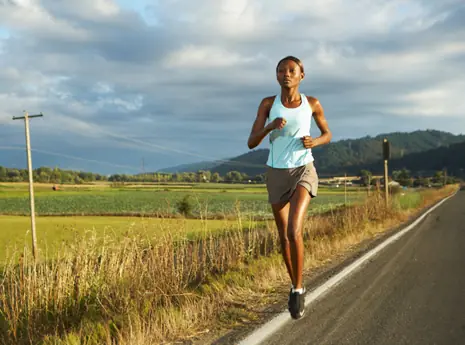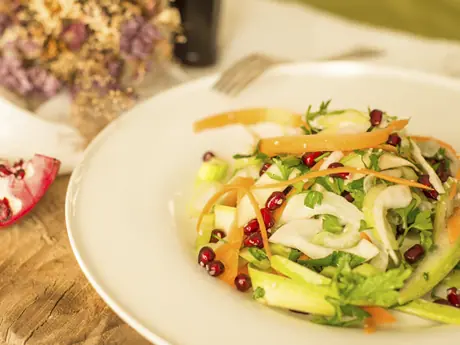There is also a theory that if you starve your body of carbs in the week before a race, then load up a day or two before, your body is much more efficient at storing those carbs for energy.
One example of an elite paleo ultra runner is Rob Evans, who is running better as a masters runner than he did when he was younger. He credits his success to going primal. You can read about his diet transformation here.
The primal diet uses the 80/20 rule, which means eating primal 80 percent of the time. If you feel like eating a burger and fries every once in a while, that's no big deal.
3. Footwear
Another facet of primal living is running in minimalist shoes, or barefoot. Hunter/gatherers didn't wear padded running shoes, so the reasoning is that neither should we.
The thinking here is that the more you interfere with the foot's natural movement (i.e. the more you support, cushion the foot) as well as inhibit pronation, the more chance of injury you have. Orthotics are also very anti-primal.
Think of the arch of your foot as a bridge. How do you weaken an arched bridge? You push it upwards from the middle, just like an orthotic does. And those raised heels on most running shoes? They don't allow your Achilles tendon to stretch out and cause you to land heel first, which can lead to knee and hip pain.
If you are going to transition to a minimal type shoe (or go barefoot), do it slowly or you could damage your Achilles as it finally is allowed to fully lengthen. You may begin to land on the ball of your foot instead of the heel. And remember—cavemen ran trails, not roads.
For more information about living primal, start at Mark's Daily Apple.
 Eat right and perform better. Find a nutrition plan for you.
Eat right and perform better. Find a nutrition plan for you.
Dave Reid is a Toronto-based ultra runner who follows a paleo lifestyle.
- 2
- of
- 2
Get ACTIVE on the Go


Couch to 5K®
The best way to get new runners off the couch and across the finish line of their first 5K.
Available for iOS | Android






Discuss This Article